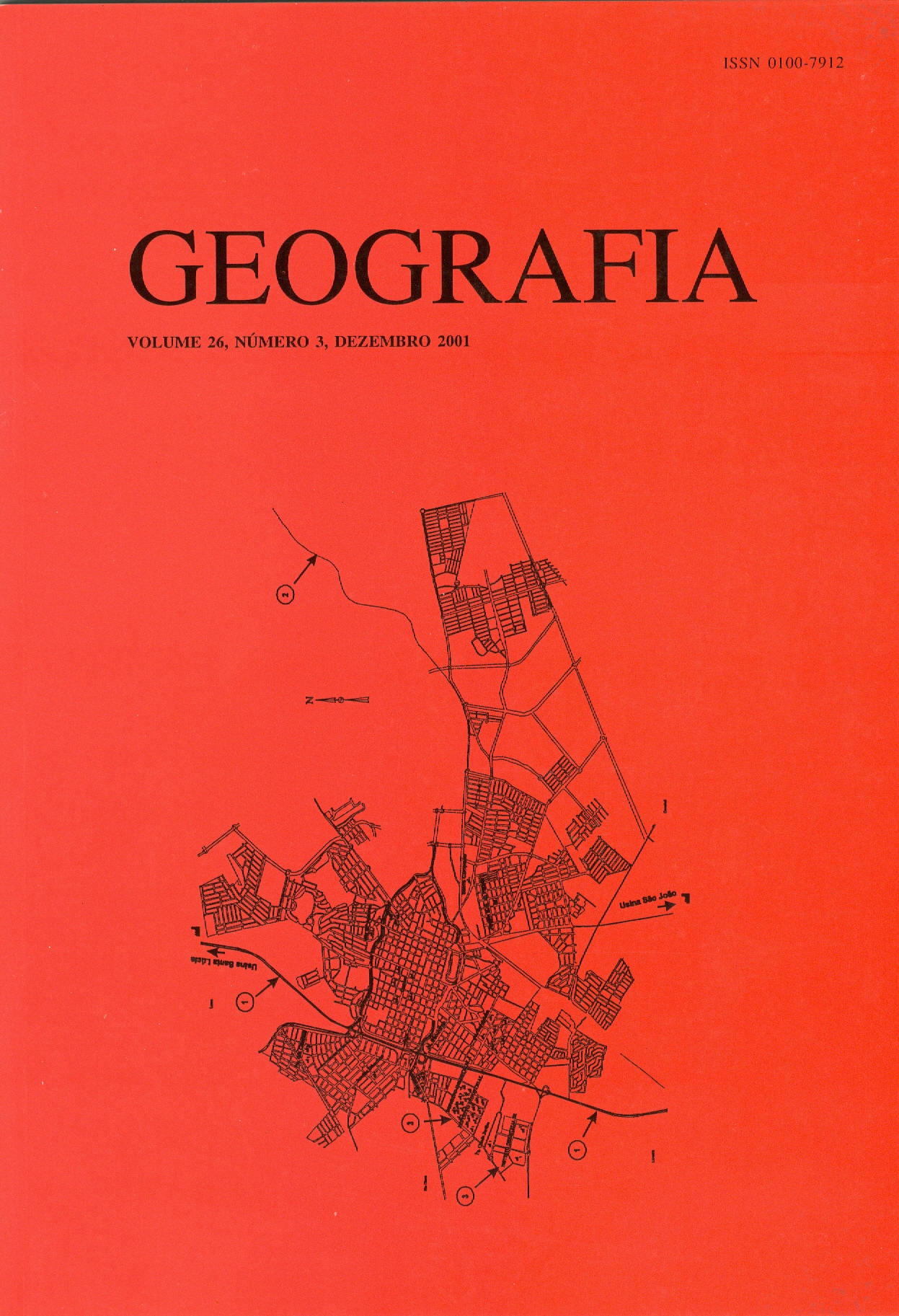DINÂMICA DA VEGETAÇÃO E DO USO DA TERRA NO “POLÍGONO DOS CASTANHAIS”, SUDESTE PARAENSE, UTILIZANDO GEOTECNOLOGIAS
Abstract
The southeastern region of the State of Pará, Brazil, ultil the mid 80’s had an economy based
mainly on the extraction of Brazil Nuts. Today this region is one of the critical areas of Amazon
deforestation, due to the great transformations that have occurred there. In this paper the landscape
dynamics of an area of 940,181,24 ha, known as the “Polígono dos Castanhais” is spatially evaluated
by considering the TM/ Landsat images of 1984 and 1997, analysed using the SPRING software.
Observations showed that the class of Primary Forest, that had occupied more than 80% of the total
area in 1984, had been reduced to approximately 1/3 by 1997, with only isolated patches remaining.
On the other hand, the areas of pasture that in 1984 reached about 9% of the total, in 1997
accounted for more than 36% of the area. The same behaviour was shown for areas of “capoeiras”
or secondary vegetation. For the landscape dynamics, low percentages of stability were observed for
the classes of land cover and land use for the years under study. Thus, the stability value for the
Primary Forest was only 37%, while the areas of pasture registered average percentages of 28%,
superior to the values shown for “capoeiras”. For all of the classes mapped, the highest percentages
of conversion were for pasture, a phenomenum linked to the process of establishing properties for
cattle raising which has been occurring in the areas of the agricultural frontier in Amazon.
Downloads
Published
Issue
Section
License
The authors maintain the copyright and grant GEOGRAFIA the right of first publication, with the articles simultaneously licensed under the Creative Commons BY 4.0 License, which allows sharing and adapting the articles for any purpose, as long as appropriate credits and provisions of image rights, privacy or moral rights. Other legal attributions can be accessed at: https://creativecommons.org/licenses/by/4.0/legalcode.en.
Geography, Rio Claro, SP, Brazil - eISSN 1983-8700 is licensed under the Creative Commons BY 4.0 License.





